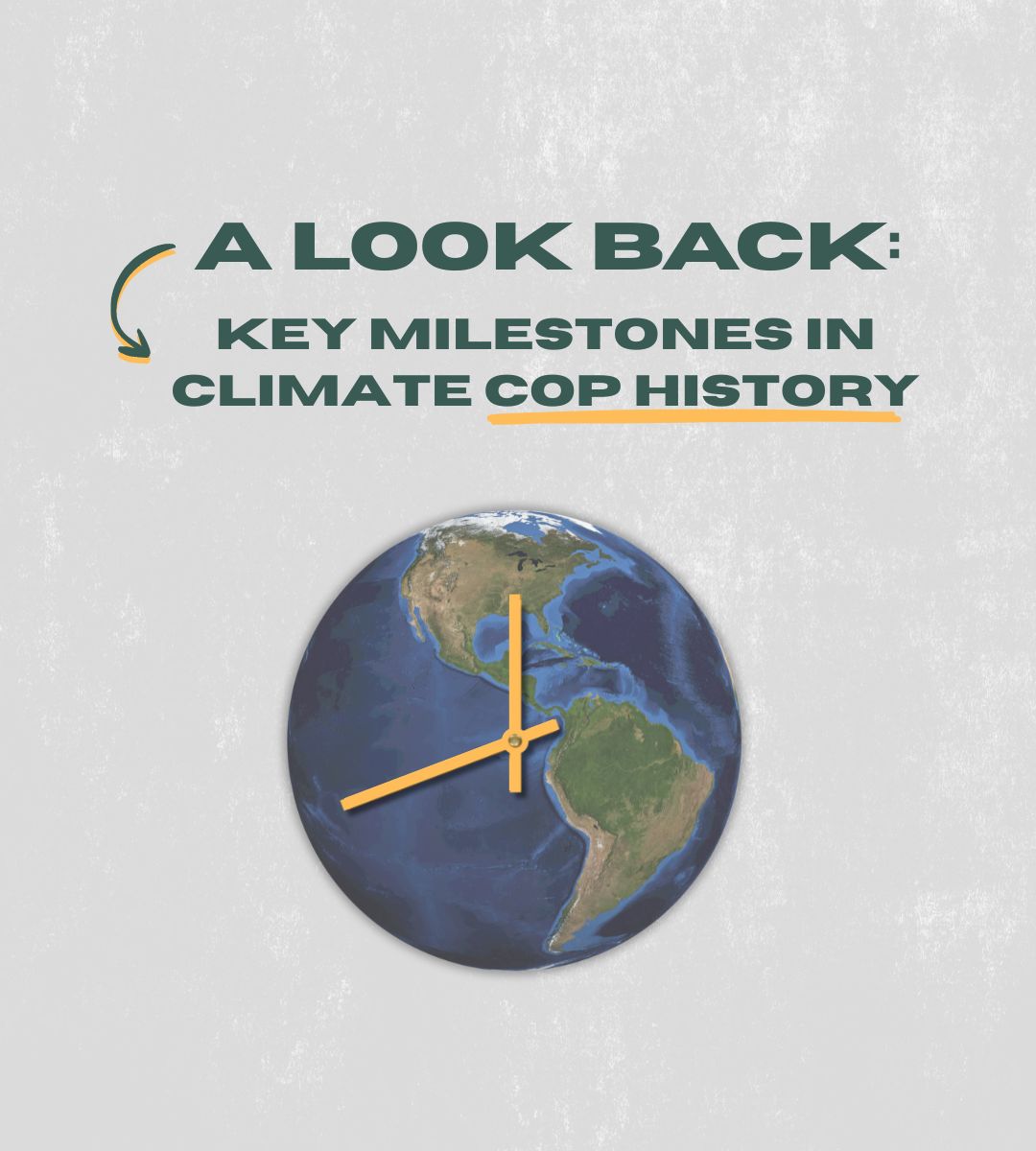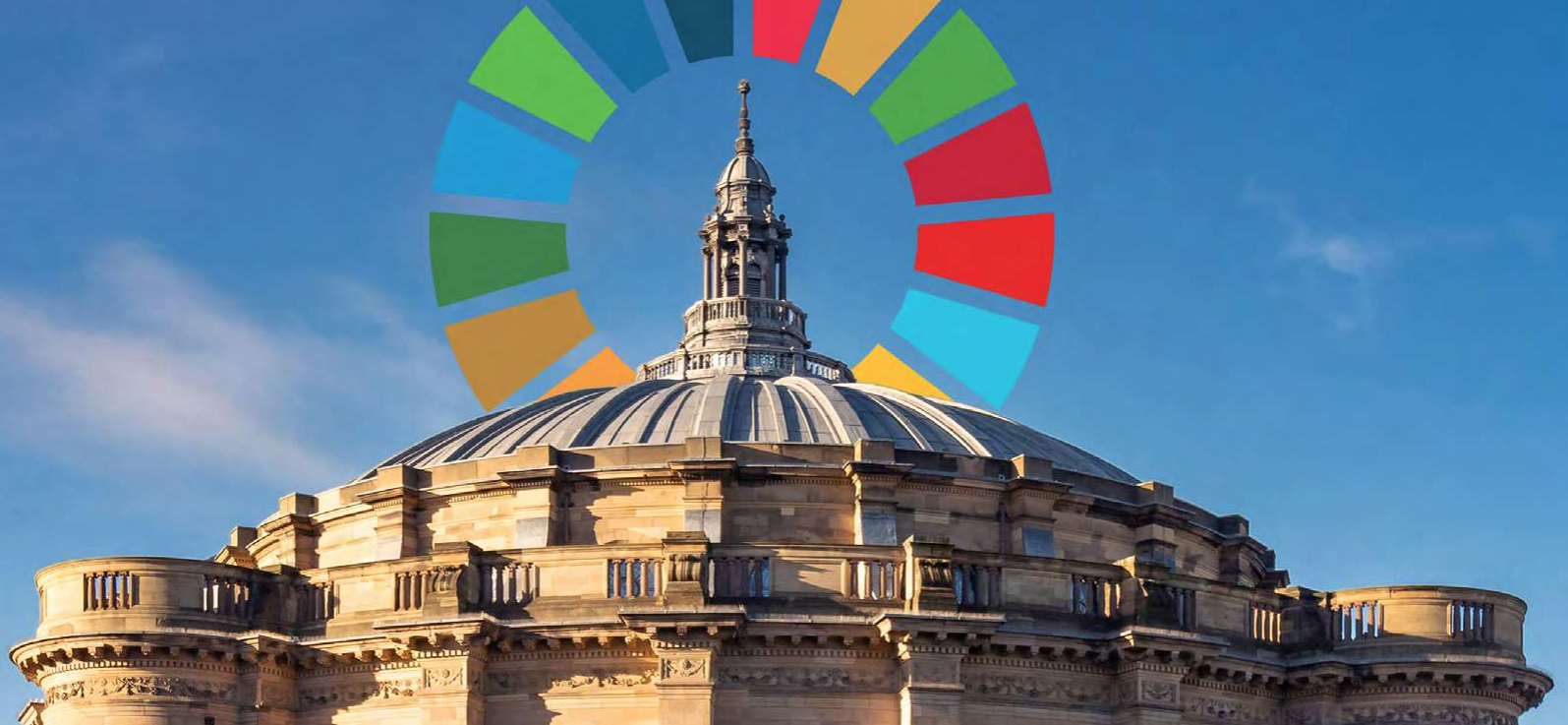The subsidiary bodies (SBs) of the United Nations Framework Convention on Climate Change (UNFCCC) met in June 2025 to further the implementation of actions for climate change adaptation and mitigation (1). Attended by governments, representatives of civil society, NGOs, and researchers, the meeting of the SBs provides a key opportunity to decide on the issues that will be on the agenda at that year’s COP meeting and advance discussions.
What are the Subsidiary Bodies to the UNFCCC?
The UNFCCC has two permanent subsidiary bodies, the Subsidiary Body for Scientific and Technological Advice (SBSTA) and the Subsidiary Body for Implementation (SBI). The role of the SBs is to assist the governing bodies of the UNFCCC, the Kyoto Protocol and the Paris Agreement (2).
The SBSTA provides the governing bodies with scientific information on topics such as mitigation, adaptation, and vulnerability; technology for climate action; and greenhouse gas inventories (3). The SBI is concerned with the implementation of the UNFCCC agreements, their work therefore focuses on mitigation and adaptation, finance, technology and capacity-building, and transparency to further progress against the agreements (4).
What is discussed at the meeting of the SBs?
The SBs meet twice a year. First, at the June Climate Meeting, which takes place annually in Bonn, and then again at the year’s COP meeting (3). The June meeting provides an opportunity to advance discussions and negotiations on key issues and work programmes and prepare for COP later in the year (5).
Negotiations at SB62 were delayed following requests to add the provision of climate finance and unilateral trade measures to the agenda for the meeting. Both of these items were later incorporated into the Just Transition Work Programme, allowing negotiations to proceed (6).
Workshops on the Global Goal on Adaptation (GGA)
The GGA was established as part of the Paris Agreement to increase the resilience of society to the effects of climate change and reduce its associated impacts. The UAE Framework for Global Climate Resilience outlines a series of global adaptation targets. However, the metrics to track progress against these targets are yet to be decided.
A series of workshops and consultations on the GGA took place at SB62, these aimed to refine the initial list of 800 proposed indicators to track progress on adaptation. Technical experts and party representatives shared their perspectives on the potential indicators for the GGA. Areas of discussion included how to adapt the indicators for different national circumstances, and how to address potential issues, such as increased reporting burden for parties. It is hoped that a final list of no more than 100 indicators will be decided on at COP30.
The research dialogue
The research dialogue takes place annually and brings stakeholders together with researchers from organisations such as the Intergovernmental Panel on Climate Change (IPCC) and World Meteorological Organisation (WMO) to ensure that the discussions at UNFCCC meetings are informed by the relevant science. This year the meeting focused on the latest scientific developments around climate change, including climate tipping points, and the links between sustainable development and climate action.
During the meeting, the chair of the IPCC, Jim Skea, provided an overview of the upcoming IPCC reports including the Special Report on Climate Change and Cities which is due to be published in 2027. The WMO then outlined the findings of their annual State of the Global Climate Report, which found that temperatures in 2024 were 1.55 ± 0.13°C above the 1850-1900 average (7). It is important to remember in interpreting this number that climate varies over timescales of longer than a year, and that we therefore measure increases in temperature across several years. Whilst this does not mean that we have exceeded the 1.5°C target stated in the Paris Agreement, it does serve as an important reminder that we are increasingly close to doing so and highlights the need for effective action.
As negotiators from all over the world travel to Belém for COP30, we are intrigued to see how the discussions on these important themes progress.
References
1 – https://unu.edu/ehs/series/5-facts-about-subsidiary-bodies-bonn-climate-change-conference
2 – https://unfccc.int/process-and-meetings/bodies/governing-and-subsidiary-bodies
3 – https://unfccc.int/process/bodies/subsidiary-bodies/sbsta
4 – https://unfccc.int/process/bodies/subsidiary-bodies/sbi
5 – https://www.woodwellclimate.org/bonn-june-climate-meetings/
7 – https://wmo.int/publication-series/state-of-global-climate-2024
Contact
Katherine is a PhD researcher within the School of GeoSciences at the University of Edinburgh researching compound drought and heatwave events and whether these can be reconstructed over the last millennium to understand future climate risks.
In her role as an Earth Fellow, Katherine will be ensuring that the University is able to engage effectively with both Biodiversity and Climate COP by identifying links between the University research areas and the priorities for both meetings.
Prior to starting her PhD, Katherine worked in a variety of roles across the Civil Service developing her interest in climate policy and governance.
Katherine.Taylor@ed.ac.uk






